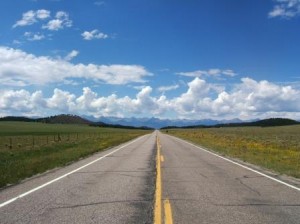The Real Enemy of the Coral Reef
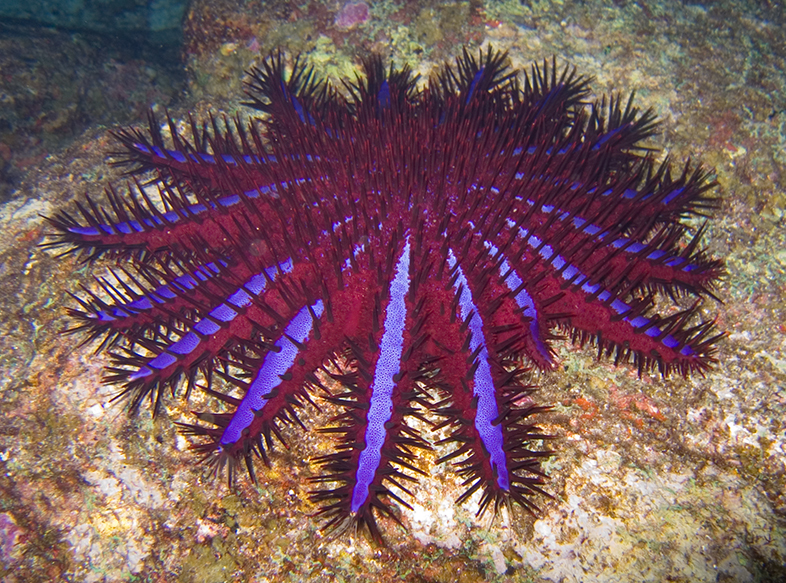 An excellent piece in the Independent shows how the true enemy of the coral reef is not climate change – although of course this is a contributory factor – but a particular coral eating starfish.
An excellent piece in the Independent shows how the true enemy of the coral reef is not climate change – although of course this is a contributory factor – but a particular coral eating starfish.
I had a wonderful time a couple of years ago snorkelling off the Belize coral reef, the longest in the Western Hemisphere and one of the most unspoilt in the world; Charles Darwin described it as ‘the most remarkable reef in the West Indies’.
I had snorkelled before, off Bonaire in the Dutch Antilles which has some of the best walk-in snorkelling in the world. But this was altogether more satisfying, slipping from the side of a sailing boat into some nameless section of the reef, and seeing one’s fellow passengers transformed into weightless and floating mer-folk swimming with the fishes.

And what fishes: large shoals of blue tang floating over and around the elkhorn coral; yellow snapper and the striped school-master fish; Nassau groupers and the odd pork fish as loners within the group; a peacock flounder near the bottom. And then the sting rays, swimming in majesty and leisure, or burrowing down into the sand, the best possible reason never to rest your flipper on the seabed if you could possibly help it.
At one point I felt someone swimming along beside me and turned to see which member of the group it might be, only to find a spotted eagle ray calmly keeping pace at almost arms length, the largest of the stingrays after the manta.
Much of the reef was still healthy compared to some of the deterioration that coral had experienced worldwide as sea temperatures rose. But there was still a sense of elegy, a feeling that if I returned in ten, twenty, let alone another thirty years time I might not be able to see delicate blue damselfish nibbling around the polyps, the fan coral waving in the current or the squiggles of brain coral clustered on the bottom.
The Real Enemy of the Coral Reef Read More »

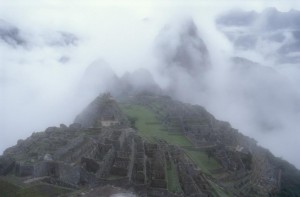
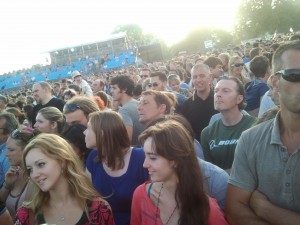
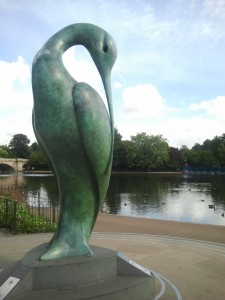
 Thirty-five years ago, I visited my first Maya site, at Palenque. From the top of the Palacio temple, a staircase led down inside it to the burial chamber of a ruler. The ‘secret staircase’ – it is difficult to use any other less melodramatic term – had only been discovered in 1949. An archaeologist noticed there were holes which had been filled with stone plugs in one of the floor slabs; the temple wall also extended below ground level, suggesting some lower chamber.
Thirty-five years ago, I visited my first Maya site, at Palenque. From the top of the Palacio temple, a staircase led down inside it to the burial chamber of a ruler. The ‘secret staircase’ – it is difficult to use any other less melodramatic term – had only been discovered in 1949. An archaeologist noticed there were holes which had been filled with stone plugs in one of the floor slabs; the temple wall also extended below ground level, suggesting some lower chamber. Going down the corbelled staircase on my own felt like something out of John Buchan. At that time, visitors were asked to bring their own torches, as there were only low-voltage lights running from an intermittent generator.
Going down the corbelled staircase on my own felt like something out of John Buchan. At that time, visitors were asked to bring their own torches, as there were only low-voltage lights running from an intermittent generator. In the years since my visit, much has changed in our understanding of the Maya – from new archaeological discoveries, but above all because we can now finally read the glyphs on the temple stelae. …
In the years since my visit, much has changed in our understanding of the Maya – from new archaeological discoveries, but above all because we can now finally read the glyphs on the temple stelae. … A
A  .
.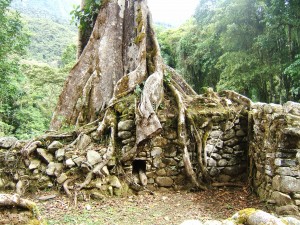
 Well speaking as someone who regularly swims in it anyway, why the hell not make it ‘a designated bathing area’! It would be a fabulous resource that could be accessed from half the Home Counties. And get rid of the many pathogens that Thames Water currently pumps in there……
Well speaking as someone who regularly swims in it anyway, why the hell not make it ‘a designated bathing area’! It would be a fabulous resource that could be accessed from half the Home Counties. And get rid of the many pathogens that Thames Water currently pumps in there……